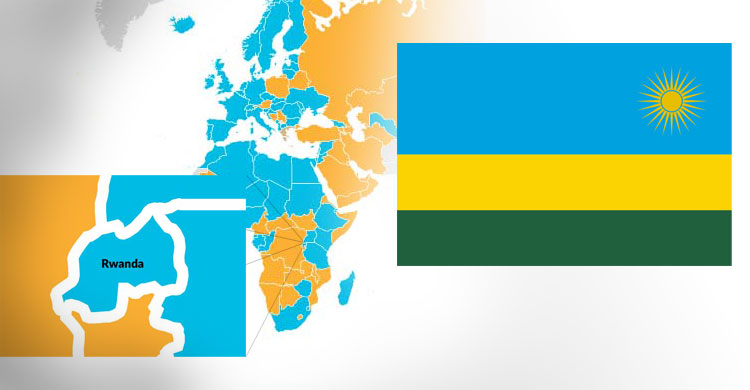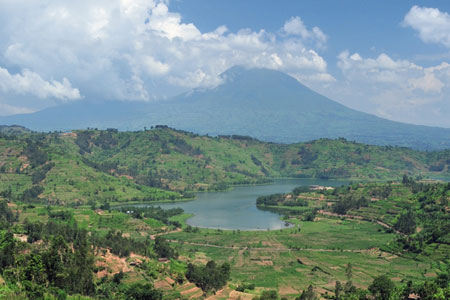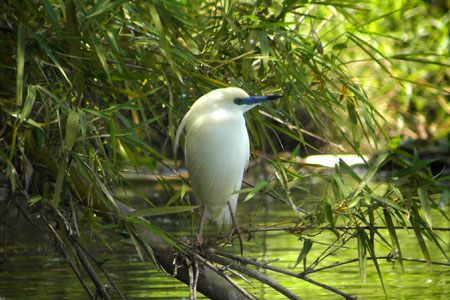Accession of Rwanda Raises the Number of AEWA Contracting Parties to 73

Rwanda becomes new AEWA Party
Bonn, 18 July 2014 - The UNEP/AEWA Secretariat is very pleased to announce that Rwanda’s instrument of accession has been submitted by the Government to the AEWA Depositary. The Agreement will enter into force for Rwanda as of 1 September 2014, thus increasing AEWA’s membership to 73 Parties.

The Republic of Rwanda is a mountainous, landlocked country with an area of 26,328 km² located in the equatorial highlands of the Western or Albertine Rift Valley. It is bordered by the Democratic Republic of Congo to the west, Burundi to the south, Uganda to the north and the United Republic of Tanzania to the east.
Rwanda is often called the “Land of a Thousand Hills” with small rivers and wetlands between these. The country’s topography is dominated by mountains in the centre and west, abrupt and rolling hills to the centre and south and savanna plains and swamps towards the eastern border. This topography results in varied vegetation types including woodland and short grasslands in the central and southern parts and woodlands and shrubby vegetation to the east. Wetlands occupy almost 10 per cent of the country’s surface. This includes for example the three extensive areas of swamp: Akanyaru on the border with Burundi, Mugesera–Rugwero in the south-east, and the Kagera swamps along the Tanzanian border in the east.
As a result of the varied topography, Rwanda contains a remarkable diversity of habitat types. Naturally occurring vegetation is mostly restricted to the country’s three National Parks, which include the Volcanoes National Park, Akagera National Park and Nyungwe Forest, which are all Important Bird Areas. The greatest diversity of large mammals is found in the three National Parks, which are designated conservation areas. These natural habitats provide tremendous economic benefits to the country, particularly through tourism.

A total of 631 bird species are known to occur in Rwanda and the country’s wetlands are home to numerous migratory waterbird species protected under AEWA. Some species covered under AEWA that occur in Rwanda include the Endangered Madagascar Pond-heron (Ardeola idea) and Grey Crowned Crane (Balearica regulorum), the Vulnerable Shoebill (Balaeniceps rex) as well as the Near Threatened Great Snipe (Gallinago media), the Black-winged Pratincole (Glareola nordmanni), the Black-tailed Godwit (Limosa limosa), the Eurasian Curlew (Numenius arquata) and the African Skimmer (Rynchops flavirostris).
The UNEP/AEWA Secretariat is glad to be able to welcome Rwanda to AEWA and looks forward to continuing to work closely with the Government and other AEWA stakeholders in implementing the Agreement in the country.
By Dunia Sforzin and Evelyn Moloko.
Last updated on 09 October 2014


